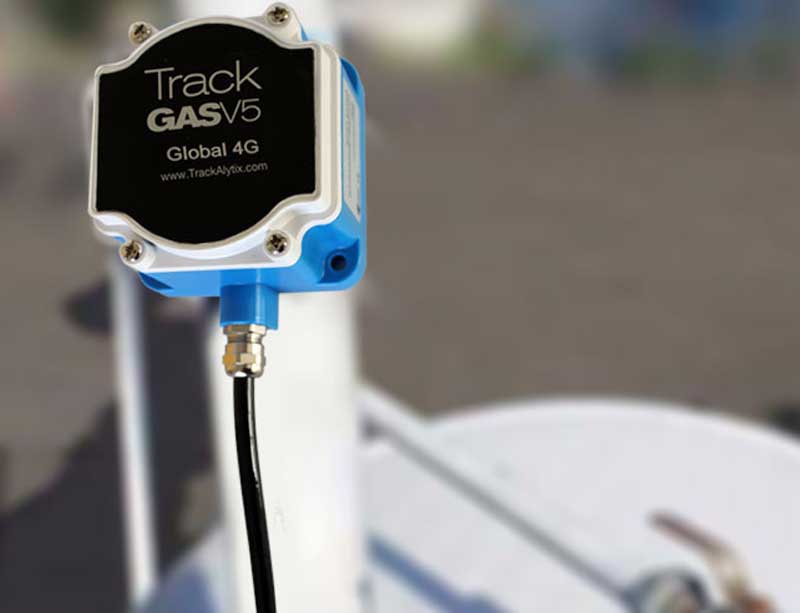Problem Statement: Tanks located in remote areas may lack stable internet connectivity, hindering effective remote monitoring.
Solution: Explore robust communication solutions, such as satellite or cellular connectivity, to ensure constant data transmission.
In the realm of remote tank monitoring, a persistent challenge confronts operators: limited connectivity in remote areas. Tanks situated in remote or rural locations often grapple with unstable or non-existent internet connectivity, impeding the effectiveness of remote monitoring systems and jeopardizing operational efficiency.
Inherent Limitations
The issue stems from the inherent infrastructure limitations prevalent in remote regions, where traditional wired internet connections may be impractical or unfeasible. Factors such as rugged terrain, vast distances, and sparse population density pose formidable obstacles to establishing reliable communication networks.
Without stable connectivity, remote tanks become isolated islands, cut off from the seamless flow of real-time data essential for informed decision-making. This lack of visibility into fluid levels, equipment performance, and environmental conditions compromises operational integrity, leaving businesses vulnerable to unforeseen disruptions and inefficiencies.
Innovative Solutions
To tackle this pressing concern, industry stakeholders are turning to innovative communication solutions capable of bridging the connectivity gap in remote areas. Among these solutions, satellite and cellular communication technologies emerge as promising avenues for ensuring constant data transmission and remote access to critical information.
Satellite communication offers a compelling solution for remote tank monitoring, leveraging a network of orbiting satellites to establish ubiquitous coverage across even the most remote corners of the globe. By transmitting data via satellite, operators can bypass terrestrial infrastructure limitations, enabling seamless communication regardless of geographical barriers or topographical challenges.
Cellular connectivity presents another viable option, harnessing existing cellular networks to facilitate data transmission from remote tank sites to centralized monitoring platforms. With the proliferation of 4G and emerging 5G technologies, cellular networks offer increasingly robust coverage and bandwidth capacities, making them a practical choice for remote monitoring applications.
The adoption of robust communication solutions is not without its challenges. Satellite communication may entail higher upfront costs and ongoing subscription fees, while cellular networks may exhibit limitations in areas with sparse coverage or network congestion. Nevertheless, the benefits of enhanced connectivity far outweigh the challenges, offering organizations unprecedented visibility and control over remote assets.
 By embracing satellite or cellular communication solutions, businesses can unlock a myriad of operational benefits. From proactive inventory management and predictive maintenance to compliance monitoring and emergency response preparedness, reliable connectivity lays the foundation for resilient and responsive remote monitoring systems.
By embracing satellite or cellular communication solutions, businesses can unlock a myriad of operational benefits. From proactive inventory management and predictive maintenance to compliance monitoring and emergency response preparedness, reliable connectivity lays the foundation for resilient and responsive remote monitoring systems.
Moreover, the integration of advanced data analytics and remote automation capabilities empowers organizations to extract actionable insights from vast volumes of sensor data, driving efficiency gains, cost savings, and sustainability initiatives.
In conclusion, the quest to overcome limited connectivity in remote areas represents a pivotal frontier in the evolution of tank monitoring technologies. By leveraging satellite or cellular communication solutions, organizations can transcend geographical constraints, transform operational resilience, and unleash the full potential of remote monitoring in even the most remote and challenging environments.
TrackGas V5 for Remote Monitoring
At TrackAlytix, we are at the forefront of revolutionizing the oil and gas distribution landscape through our expertise in telemetry technology and wireless tank monitoring.
TrackGas V5 is a cutting-edge remote sensor designed to monitor fluid levels in oil tanks, providing hourly data precision for optimized fuel and oil distribution operations. TrackGas V5 is a groundbreaking oil tank monitoring system exclusively engineered for the US oil and gas industry. With a relentless focus on simplifying tracking tank levels,
TrackGas V5 empowers companies to elevate profit margins, streamline operations, and foster unwavering customer loyalty. By harnessing real-time data insights, the TrackGas V5 not only ensures timely and efficient deliveries but also provides the foresight needed to proactively anticipate and meet the dynamic demands of the industry. TrackAlytix is your strategic partner in transforming oil distribution, and TrackGas V5 is the pinnacle of our dedication to innovation and efficiency.
